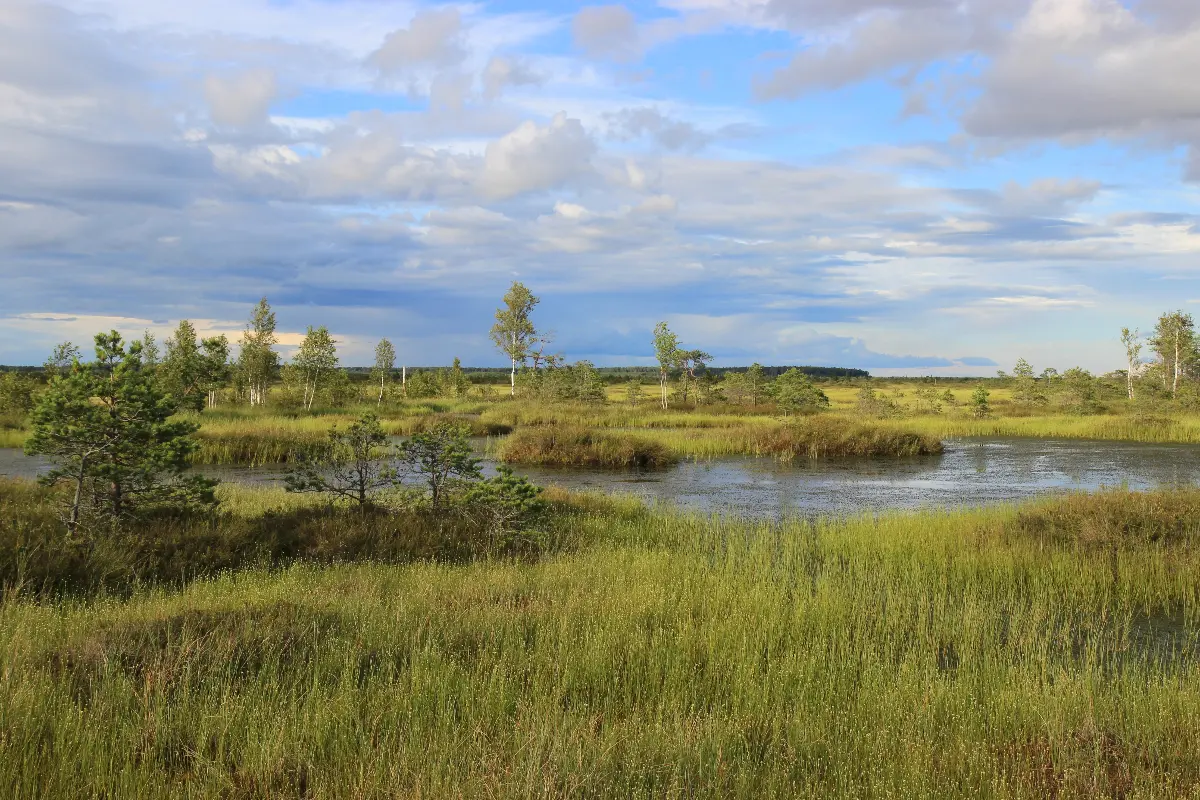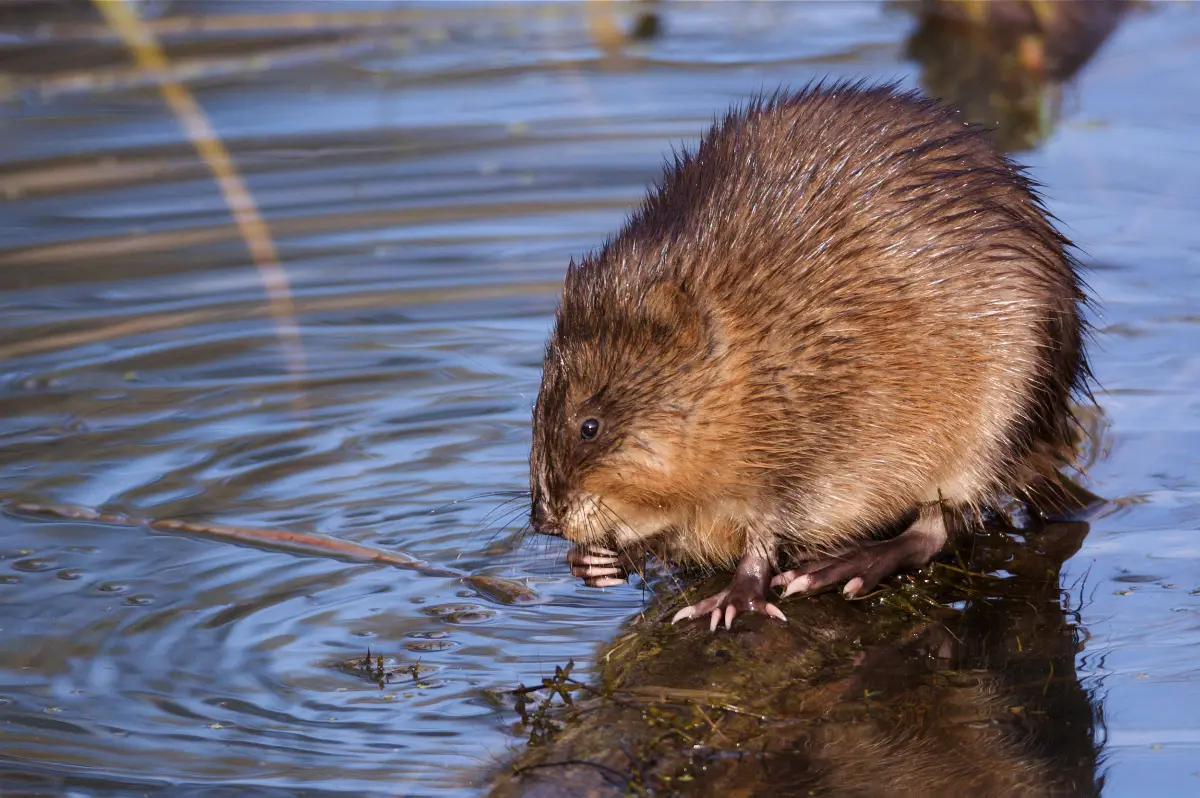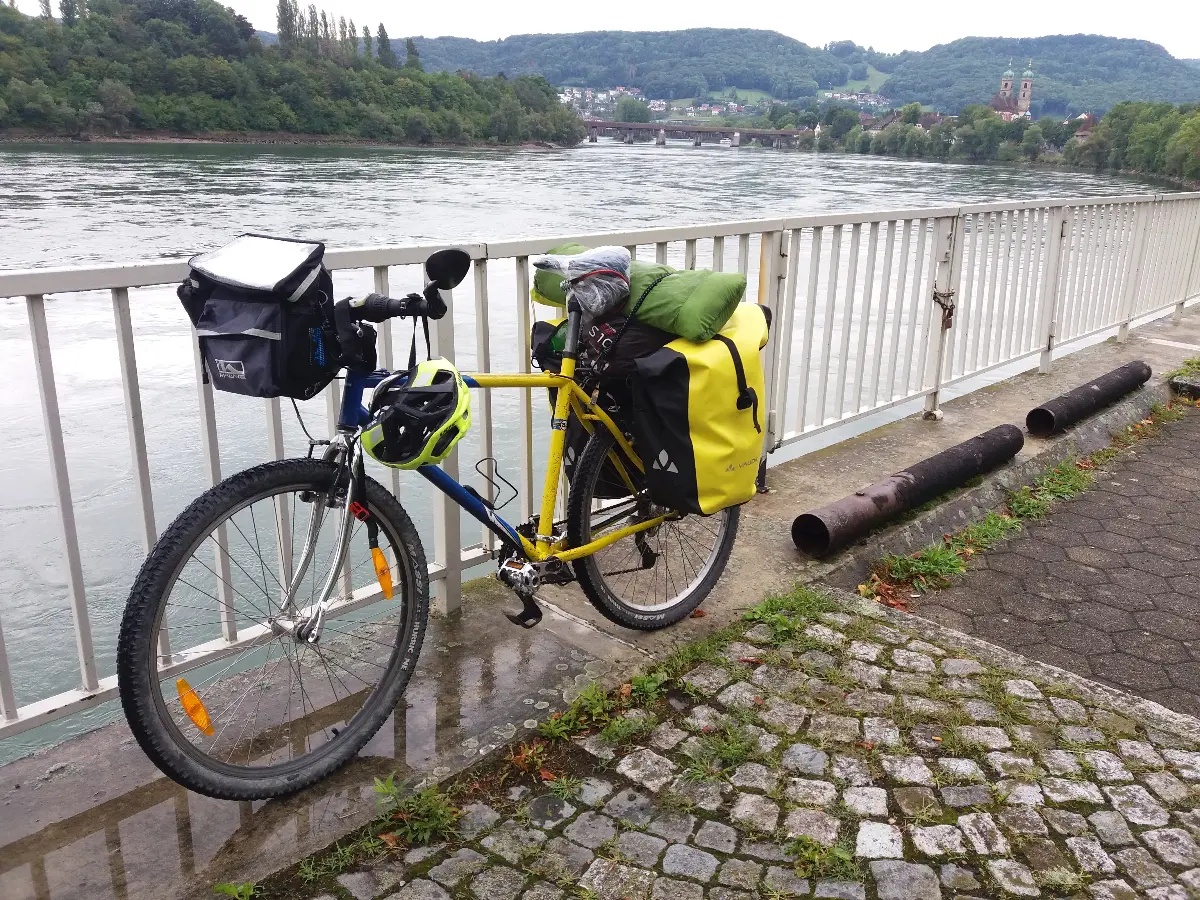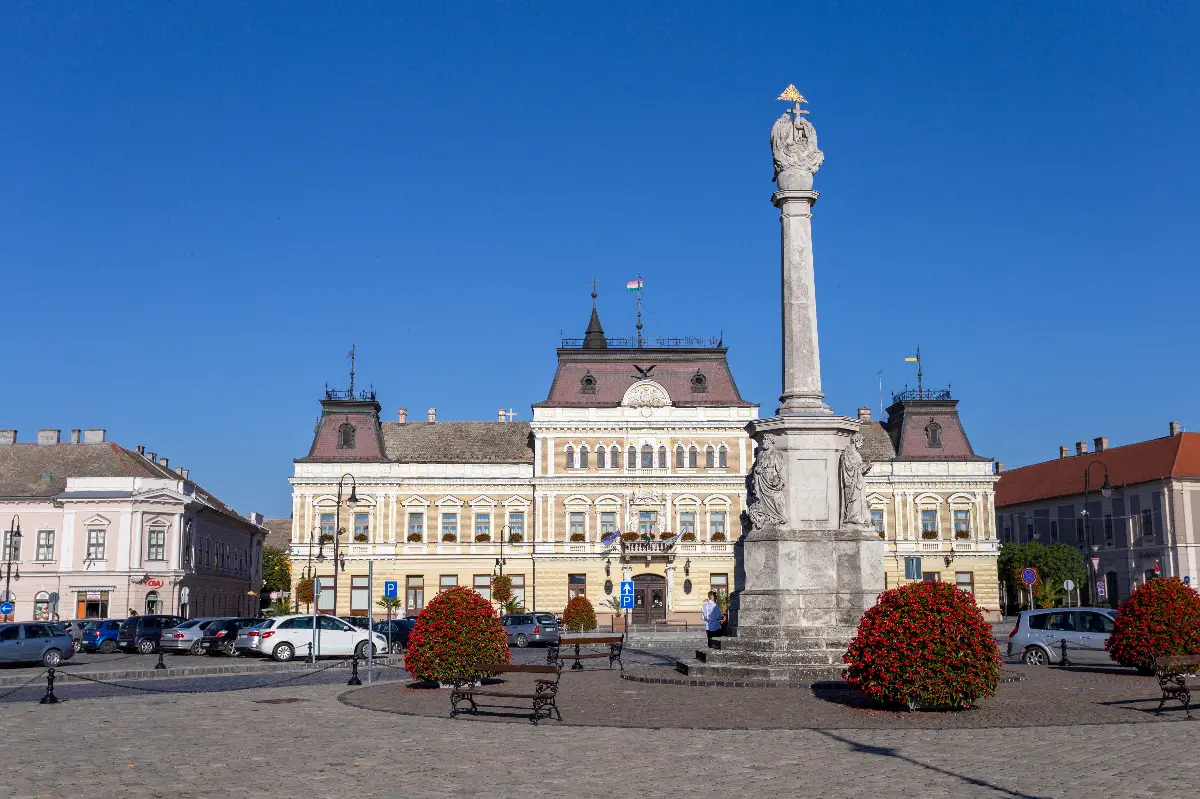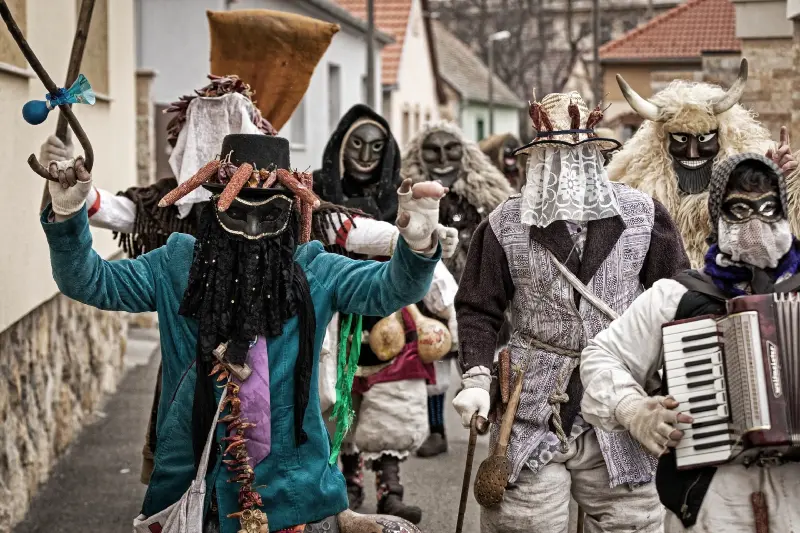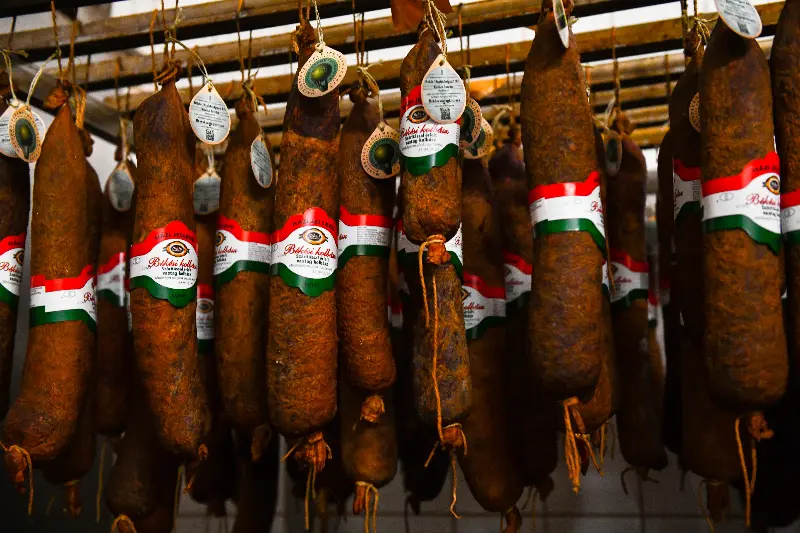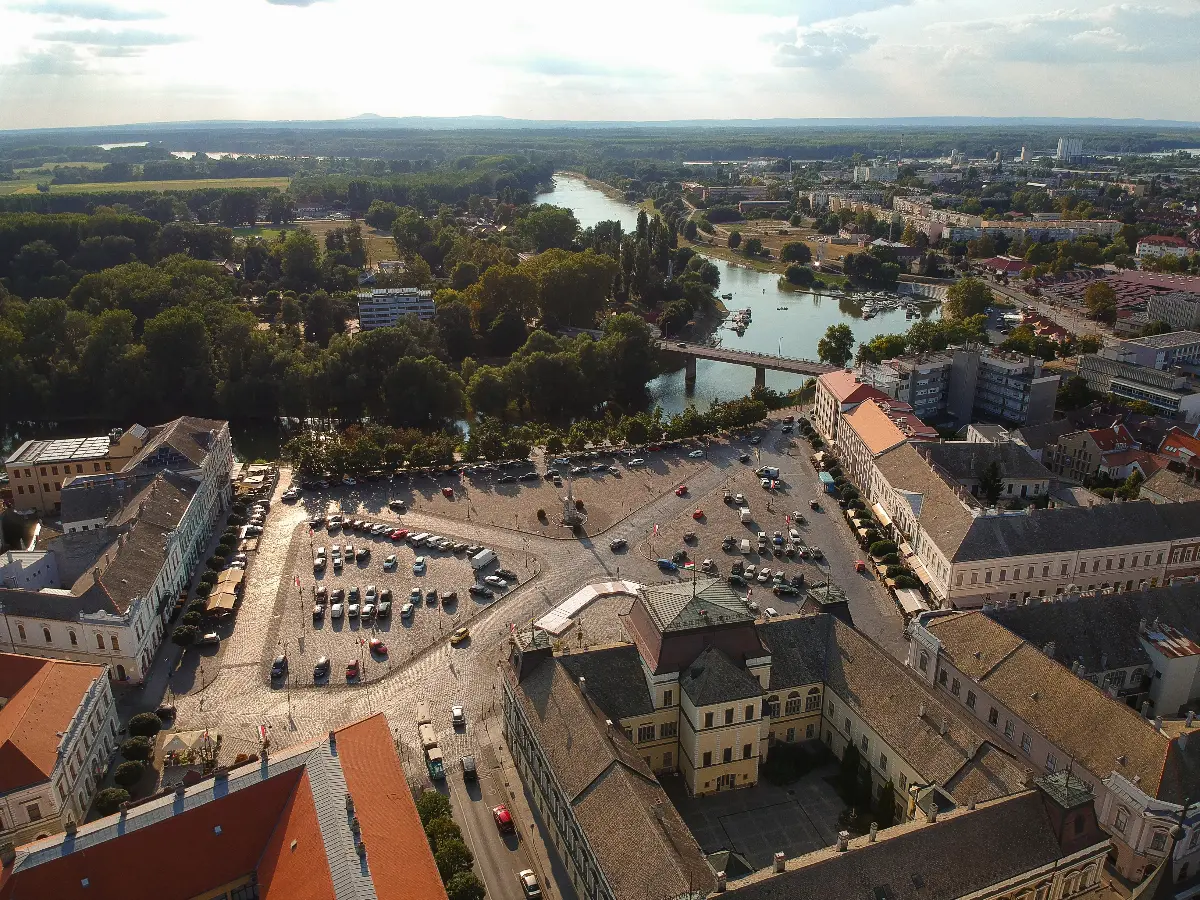
Helyszín címkék:
Bicycle, wine, Baja: Get off your bike and look around
Jászberényi Attila
A tour around Baja
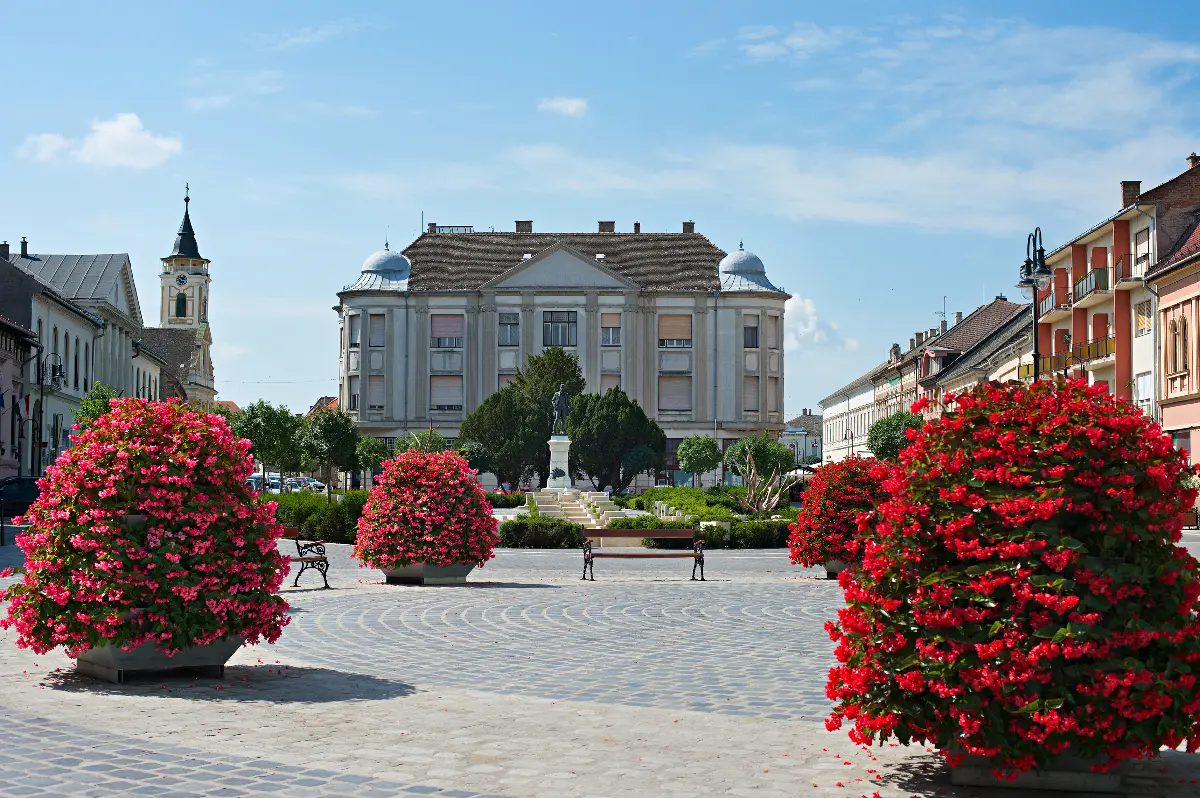
Downtown Baja is an enchanting location where you will find memories of the cohabitation of Hungarians, Germans, Croats, Serbs and Jews over the centuries. You most definitely want to visit the two splendid squares joined by a cute street only for pedestrians, and a must-see sight is the Bácska Culture Palace which used to be the shopping centre of the town (a classicist building turned into an Art Nouveau one). But you will find the most exciting destinations waiting for you along the river bank on Petőfi Island where there are several pubs under the large trees, a place called Halászpart in the summer party district, a boat mill still in operation and an open-air museum for fishing. Other special places are Bagolyvár, a romantic Bauhaus building, the unique Lock Museum and the former synagogue which today functions as a library and also as a memorial.
Baroque castle in Hajós
The proximity of the neighbouring Archdiocese of Kalocsa has left its mark on the whole region, including this magnificent castle, which is the largest Baroque castle in the neighbourhood and is splendidly restored. In the past, the building was used as the summer residence of the archdiocese, and legend has it that it was built in six weeks in the hope of Maria Theresa visiting (but actually the returning archdioceses of Kalocsa started the construction already after the Turkish left the country). It is an interesting counterpoint to the function of the nearby row of wine cellars which is also reflected in its permanent exhibitions on both Hajós as a pilgrimage site and on wine culture in Homokhátság.
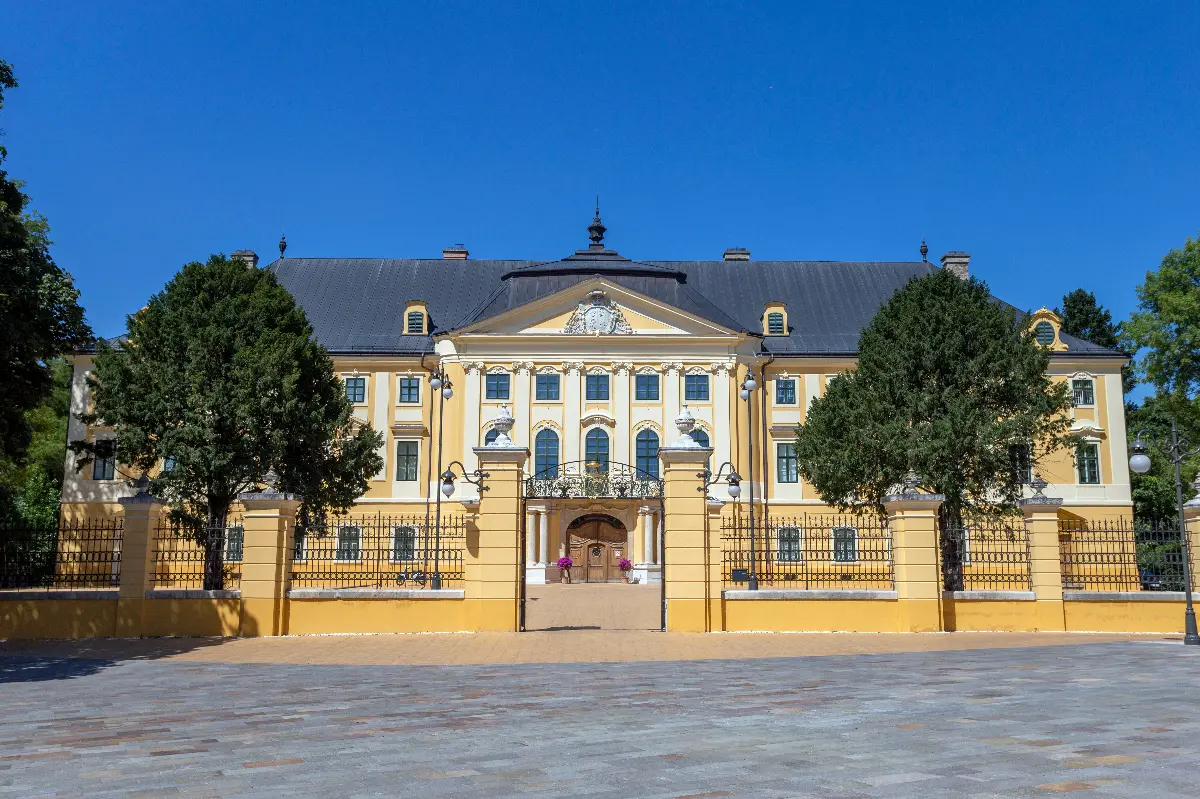
Earthen fort in Érsekhalma
Érsekhalma is a village that has been inhabited longer than Rome, as the earthen fort built near the village on the steep loess wall in the Bronze Age is 3,000 years old. It is a mystical place full of gruesome legends and this is why it is called the Cursed Hill by the German speaking inhabitants of the region. (However, the cellars and caves carved into the hill only date back to the Middle Ages). You should visit here when the moon is full and the moonlight grazes the ridge, opening the gate to the hill with its hidden treasures. If the legend is true, you need to be quick because once it passes the gate it will close on you forever. You can get to the earthen fort through the road opposite the Érsekhalma junction on Road No. 54.
Gilián Castle, Csátalja
The last few decades have not really seen any actual castles built in Hungary, but here is an exception. In the 1990s, József Gilián, a successful businessman (and Miklós Zrínyi’s descendant according to his research) built a remake of the Rimanóczy Castle in Zsira. The park and the building are a faithful Baroque replica, while the 600 sq. metre interior is designed more in an eclectic style and is home to a private fine art collection. The Gilián family still lives there today, they have a hunting company, a stud farm and a winery, and they are happy to let tourists visit the grounds.
Red Swamp
A special natural formation that was created by the Danube bed 100,000 years ago, and is a memento of the Sárköz in Kalocsa with its flood openings, brooks and marshes. Peat mining in later times caused black water ponds with rich flora and fauna, Silver Water Beetles and swamp fish living in the water, muskrats building castles on the banks, colourful bee-eaters living in nests inside the loess wall, and also otters and waders living here. You can discover this rich land by walking along a two and half kilometre long nature trail. Along the trail you will learn about the communities of a long lost world, the peat swamp. The nature trail starts from ‘Csala-csárda’ (Tavern Csala) at the 68th kilometre of Route 54.
Pintér Művek Military Park
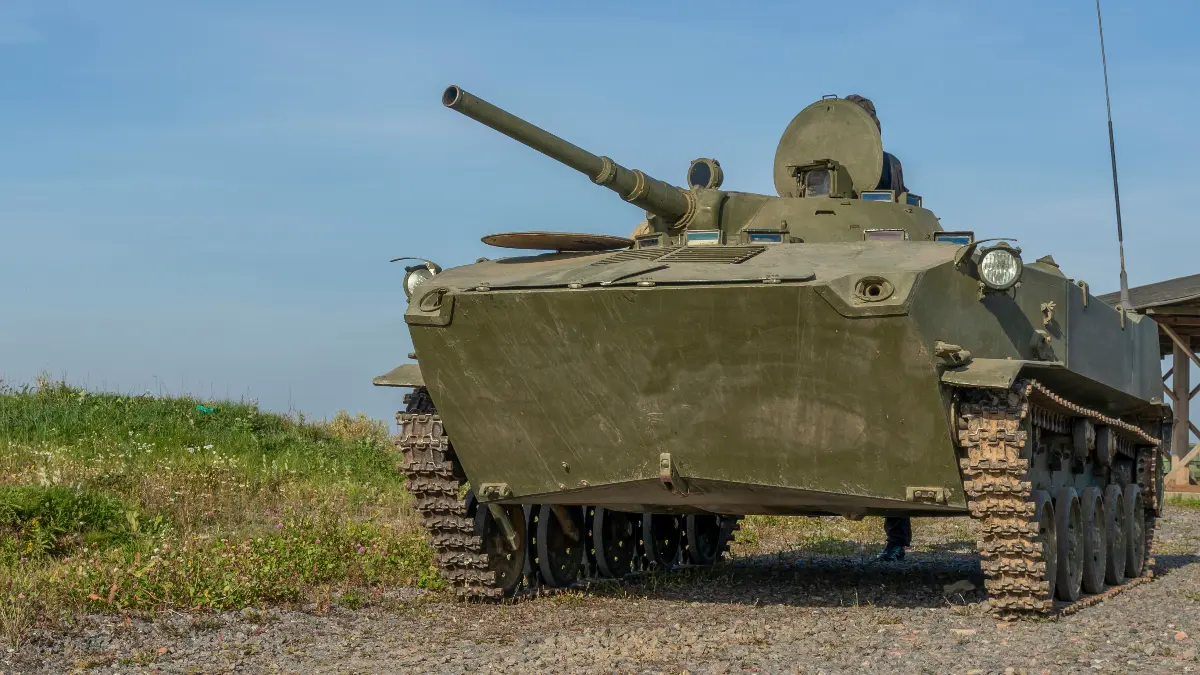
Cannon barrels pointing to the sky, a battalion of tanks ready to go, helicopter rotors, rockets and wings of MIG fighter aircraft, armoured personnel carriers, metal behemoths designed to deal destruction over three acres, the military forces of the former Warsaw Pact are on parade. A military technology, industrial and political history open-air museum with a special atmosphere created through the cooperation between one of the memorable enterprises after the change of regime, Pintér Művek and the Military History Institute. You can even find János Kádár’s hunting guns here.
